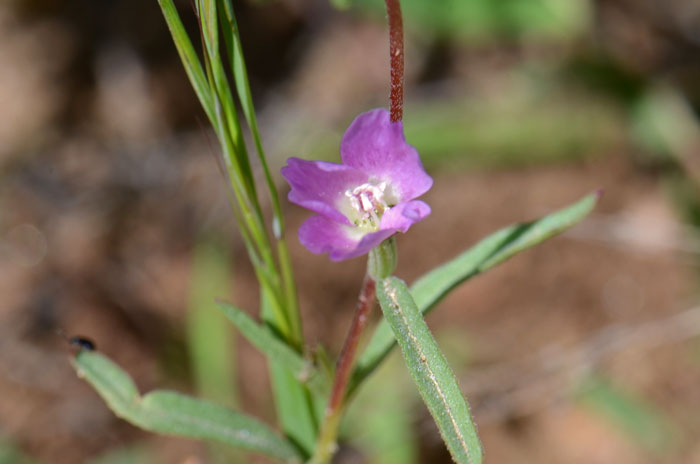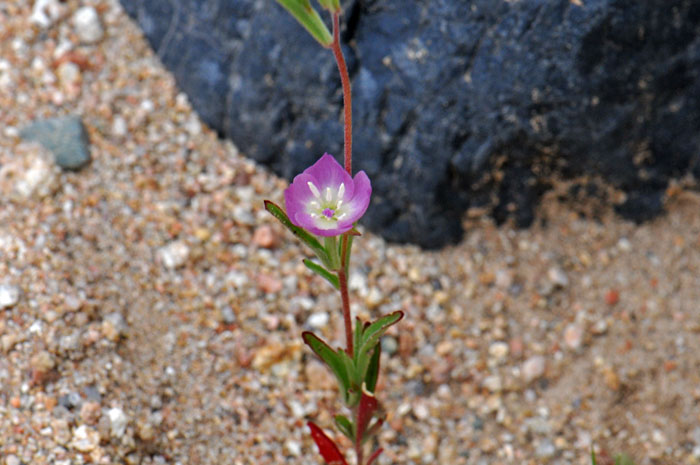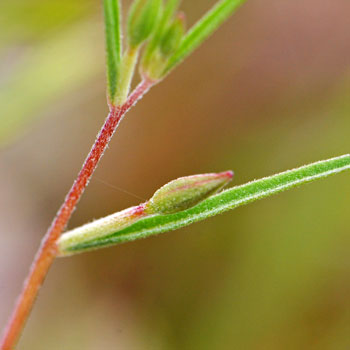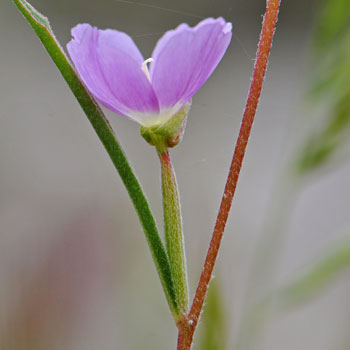Clarkia purpurea, Winecup Clarkia




Scientific Name: Clarkia purpurea
Common Name: Winecup Clarkia
Also Called: Clarkia, Purple Clarkia, Winecup
Family: Onagraceae, Evening Primrose Family
Synonyms: (Clarkia quadrivulnera, Clarkia purpurea subsp. quadrivulnera, Godetia purpurea var. parviflora, Godetia quadrivulnera, Godetia quadrivulnera var. vacensis)
Status: Native
Duration: Annual
Size: Up to 3 feet, much smaller in Arizona.
Growth Form: Forb/herb; stems decumbent to erect
Leaves: Green; leaves with stems (petioles), shape variable from narrowly oblanceolate to elliptic and even ovate.
Flower Color: Purple, red, pink or lavender; flowers from leaf axils, flowers bowl shaped, 4 petals, flowerbuds erect, flower shape variable.
Flowering Season: April to May through July in Texas.
Elevation: Below 4,500 feet.
Habitat Preferences: Open areas, near moist areas, grassy or shrubby places.
Recorded Range: Winecup Clarkia and its sub-species are found in western United States and British Columbia. It is also native to Baja California.
North America & US County Distribution Map for Clarkia purpurea.
U.S. Weed Information: No information available.
Invasive/Noxious Weed Information: No information available.
Wetland Indicator: No information available.
Threatened/Endangered Information: No information available.
Genus Information: 41 species more or less found throughout western United States and Canada and far northeast United States north through Quebec.
Clarkia purpurea has 3 sub-species that intergrade extensively:
Clarkia purpurea subsp. purpurea, Winecup Clarkia (CA, OR);
Clarkia purpurea subsp. quadrivulnera, Winecup Clarkia (Recorded Range);
Clarkia purpurea subsp. viminea, Winecup Clarkia (CA, OR, WA)
The Plant List includes 141 scientific plant names of species rank for the genus Clarkia. Of these 42 are accepted species names.
Comments: Winecup Clarkia is a handsome species that is not common in Arizona. According to the Native Plant Information Network Indigenous peoples of California sowed the plant, to later harvest the seeds to grind for food.
This species is an important source of nectar to native bees.

